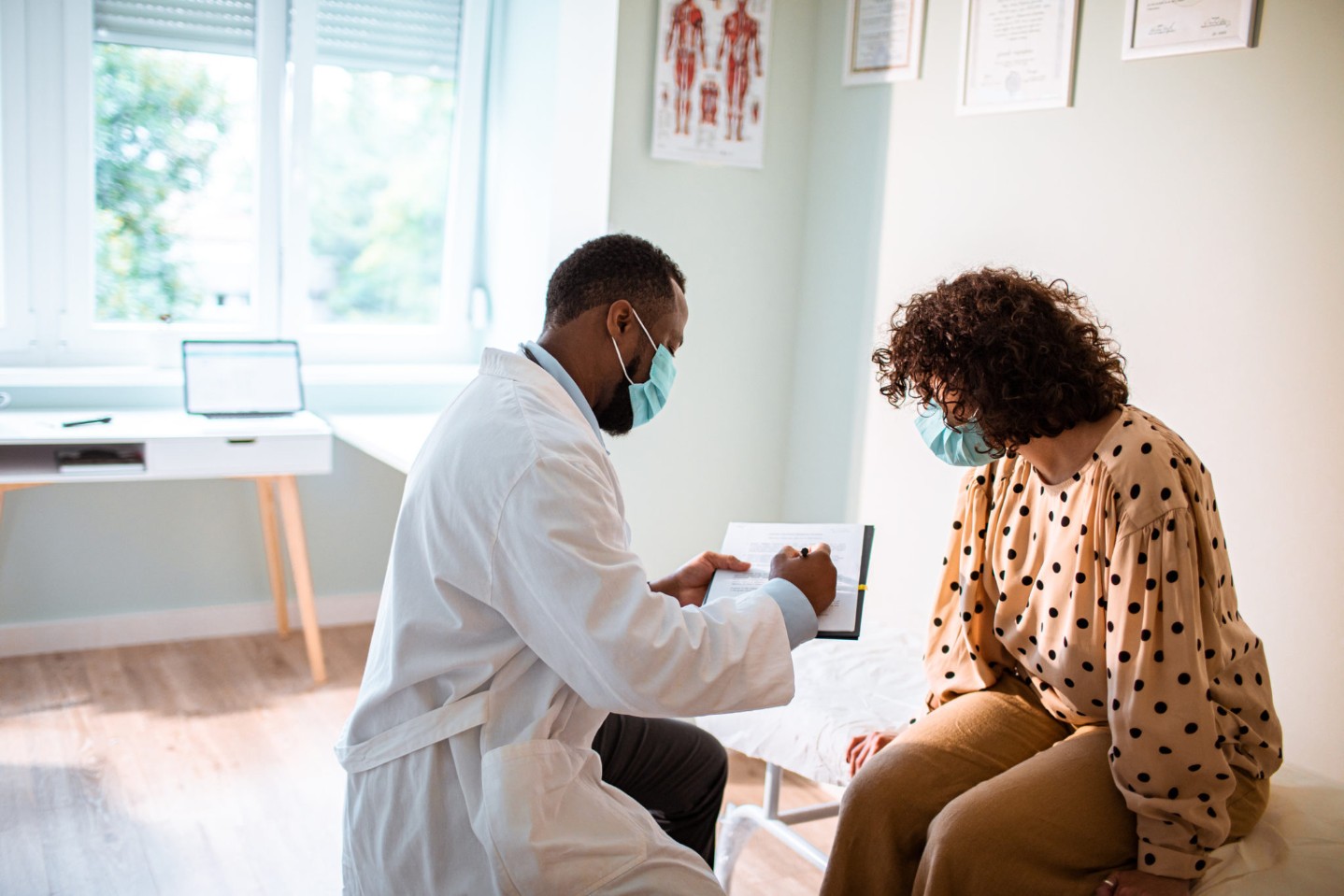Strength Training: Why it is Important for Moms
NOV 05, 2025Progressive overload means consistently challenging your muscles to do a little bit more than they're used to.
Read More
Yes, it is still here. Breast cancer, and most other cancers, still exist today; we talk about them, we fear them, we treat them, we try to control them, yet often they leave us and our loved ones torn and frustrated.
Breast Cancer is still the leading cancer in women, and second to lung cancer among all genders and races. One in eight women still develop this cancer. However, breast cancer survival rates have improved tremendously in the last 50 years. The current 5-year survival rate is 90%, as opposed to 75% in 1975. This decrease has been attributed to early detection and improvements in breast cancer treatment. There are currently an estimated 3.5 million women living with breast cancer in the United States.
We know of two main risk factors:
While there are many other risk factors for breast cancer, most women have no identifiable risks. Some of these include:
The goal of screening for cancer is to detect preclinical disease in healthy, asymptomatic patients to prevent adverse outcomes, improve survival, and avoid the need for more intensive treatments.
Screening tools (used alone or in combination):
Screening recommendations can vary, so please check with your provider for screening information.
Are there ways that can help women screen more often or screen better for breast cancer? Some clinics have offered mathematical risk assessments where your personal risk for breast cancer can be assessed by reviewing your family history and offering a simple blood test that looks for certain genes mutations that place you at a higher risk of acquiring the disease.
Most women test negative (90%), and they are not at high risk. Women with lifetime breast cancer risks under 15 percent may be screened as per the general population, or somewhat more aggressively depending on their specific risk and family history.
Women who test positive are considered at high risk. Women deemed to be at high lifetime risk of breast cancer should undergo:
Testing will not necessarily answer all questions, so women should talk with their provider in order to make the most informed decision.
What if we could test for cancers much earlier on? What if we could combine the innovation, technology, artificial intelligence, and what we know of most cancers (data) to detect the types of cancer and their tissue of origin? What if this could be accomplished with a simple blood draw that would test for over 50 types of cancer and potentially reduce the enormous burden of cancer on patients, their families, healthcare systems and society?
The work towards developing a blood-based, multi-cancer, early-detection test could detect over 50 types of cancer from a single blood draw is already underway globally, mainly in the UK and the USA. Currently, cancer screening tests are organ-specific, meaning that results from one test in one organ do not provide patients or their physicians any information about other types of cancer in other parts of the body. Only five types of cancer (breast, lung, colon, cervical and prostate) are screened in the general population. A blood-based screening test would be an advancement for early detection of cancer-derived signals in DNA from a single tube of blood. Ideally there would be an extremely low false positive rate; the tests would be easy to complete, and prediction of the tissue of origin, or the location in the body where the cancer started, could be found. Promising results are achieved so far on tens of thousands of patients detecting up to 50 cancers at various stages with a higher precision.
If you suspect a breast cancer risk, please reach out to your provider today.
Resources:
https://grail.com/wp-content/uploads/ESMO_2019_Oxnard_CCGA2_Training_Final.pdf

Progressive overload means consistently challenging your muscles to do a little bit more than they're used to.
Read More
Radon is the number one cause of lung cancer in non-smokers and the second leading cause overall, right behind smoking.
Read More
A Nurse Practitioner answers your essential mammogram questions. Understand timing, prep, the procedure, callbacks, and financial options.
Read MoreWhen you need local health information from a trusted source, turn to the CHI Health Better You eNewsletter.